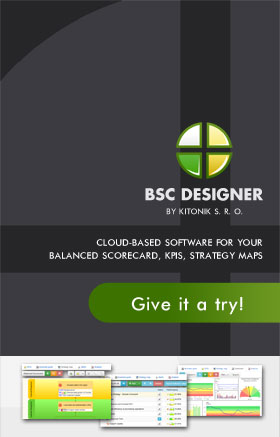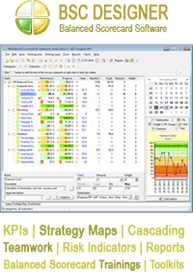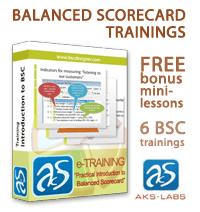What a relevant KPI Framework can do for your organization
Ever feel like you are not accomplishing anything despite all your efforts? You will certainly feel like this if you do not have a framework with which you can gauge the desirability of your outputs. The same thing is true with organizations; their daily activities should have an anchor that will tell them whether what they are doing is beneficial or not. The KPI framework provides them this anchor.
What is this framework? It involves a few things, like having a goal, a plan, a facilitating process, a way of measuring the quality of outputs, and having competent people.
The goal, of course, is what holds the organization together. An organization cannot exist without some sort of a goal; it will fall apart sooner or later. A goal can be either long-term or short-term, with the former usually covering a 3-year or a 5-year period and the latter can be on an annual, semi-annual, quarterly, monthly, or even daily basis. The reason for this is that for every plan or activity, organizations need to have a goal. The goal tells employees what to do and tells them if what has been done is relevant to the organization or not.
The plan is another essential framework. Employees cannot just do anything they want. Assuming that goals have been agreed upon, employees still have to be clear on what specifically they have to do in order to attain said goals. Planning for long-term and short-term periods is crucial to organizations. Plans translate goals into smaller, doable, and measurable units. It also identify the appropriate specific activities, timeframes and implementing strategies, allocate needed resources, and assign detailed jobs to employees. It is the organization’s roadmap towards attainment of goals.
Now, even with a plan as comprehensive as described above, it does not mean to say that the hard work is done. You can probably say that the work has not even started yet, for planning is the easiest part. What is proving a hard nut to crack for many organizations is establishing a process where plans are fully integrated into the daily routines of offices and individual employees. Most organizations have found that this can be partly solved by installing an active monitoring system to keep track of implementation. Periodic progress reports, evaluation, and assessment meetings are some of the monitoring tools that are especially useful in tracking developments.
Organizations cannot gauge the level of contribution of outputs to attainment of goals without measures assigned to them. Thus, in plans, expected outputs are ordinarily presented in quantitative as well as qualitative formats. This is one KPI where organizations have to be very careful about since outputs not only tell what the organization is accomplishing regarding goals but also regarding the performance of your people.
Now, we come to the most important and the most difficult management KPI: employee performance. Employee performance is influenced by many factors, such as workplace environment, skills and competence, attitudes, benefits, and the like. The employee performance assessments will be off-target if plans do not take these factors into consideration. Thus, employee development is considered by some organizations as necessary investment rather than necessary expense.
With the KPI framework, organizations will always know what they are doing, have a way of judging the worth of their outputs, and have the ability to adjust to factors that are affecting their operations.
—
If you are interested in KPI Framework, check this web-site to learn more about roi framework.


